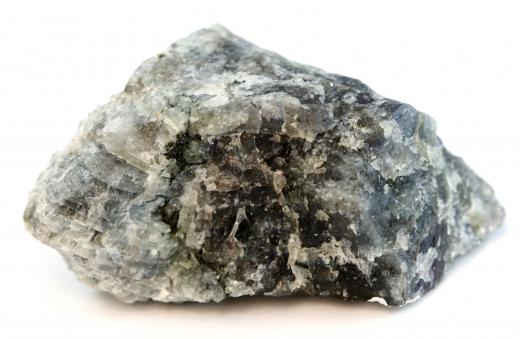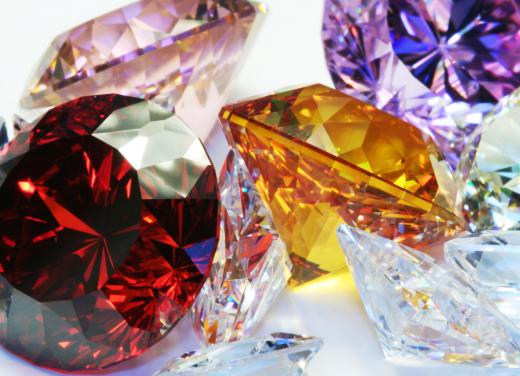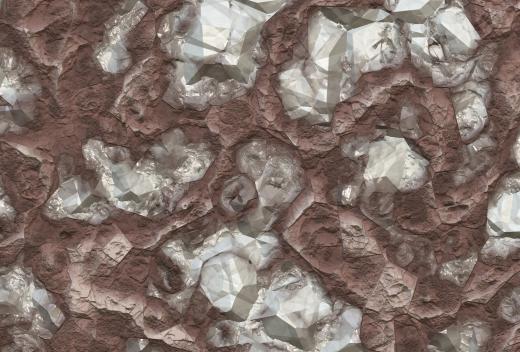What are Minerals?
A mineral is a solid inorganic substance formed by geological processes. There are about 3,000 that are known, and new discoveries occur frequently. All have a specific atomic structure, chemical composition, and physical properties. Minerals range from pure elements, to salts, to silicates that can take thousands of different forms. Gemstones are attractive ones that have been cut and polished for use in making jewelry.
Each mineral belongs to a chemical group that represents their affiliation with certain elements or compounds. They also belong to a crystal structure group, and have other properties, such as hardness, color, luster, specific gravity, tenacity, and crystal habits associated with them. These and other properties are used to identify and classify them.

An substance’s crystal structure is important in determining its chemical and physical properties. A crystal structure refers to the way atoms are spatially arranged. The type of crystal structure one has greatly influences its physical properties. For example, graphite and diamonds are both composed of carbon, but have different crystal structures making them, respectively, some of the world’s softest and hardest known compounds.

A mineral is different from a rock, which is made up of combinations of different minerals and does not always have the same chemical composition. Some rocks, such as limestone, are made up almost entirely of one substance, while others contain many different ones. The specific minerals in a rock may vary widely as well. Rocks that contain materials that are commercially valuable are called ores and are mined for economic purposes.

Minerals have been important to humans for thousands of years. Wars have been fought over access to coveted ones, such as gold, silver, and diamonds. Most of the earth’s resources are finite, and issues related to mineral exploitation and conservation are highly political. Some of these substances, such as quartz and feldspar, are widely distributed throughout the earth, while others, such as emeralds, are limited to specific geographic areas.

Collecting minerals is a popular hobby, as they can be very beautiful and have interesting physical properties. Collectors may gather their own specimens from mines or known sites, or purchase them from dealers and at shows. Many cities and towns have clubs that organize outings to collect specimens and plan other educational activities.
AS FEATURED ON:
AS FEATURED ON:















Discussion Comments
@ Parmnparsley- Banded iron formations were created during the Precambrian Proterozoic and Archean Eons. This is the 4 billion years before hard-bodied organisms began to evolve. More specifically banded iron formations date between the Paleoarchean and Paleoproterozic Periods, some 3.6 to 1.8 billion years ago.
The exact reason for their formation is not entirely known, but scientists concluded that most of the earth’s surface iron comes from meteorites. The meteorites would vaporize in the atmosphere, settling into the earth’s early oceans and continents. Primitive blue green algae would concentrate the dissolved iron in the oceans during photosynthesis. When the algae died, it would sink to the bottom, forming sedimentary layers that would become banded iron ore formations.
@ PelesTears- What geological time-period were iron ore layers created? Additionally, how were iron ore layers formed? Were they formed from volcanic activity, or maybe meteors and asteroids?
The article brings up a good point about most minerals being finite.
Iron for example, is a mineral ore that most people think of as an unlimited resource. The truth is that Iron is only concentrated in the earth's crust in thin layers from one geologic time period. Once we deplete these layers, then we will no longer be able to mine iron ore.
This is because concentrations will be so small that it will exceed our economic and technological capabilities to extract the mineral. This underlines the importance of recycling any products made of iron or steel as well as explains why so many products made with iron use post consumer recycled metal.
Post your comments